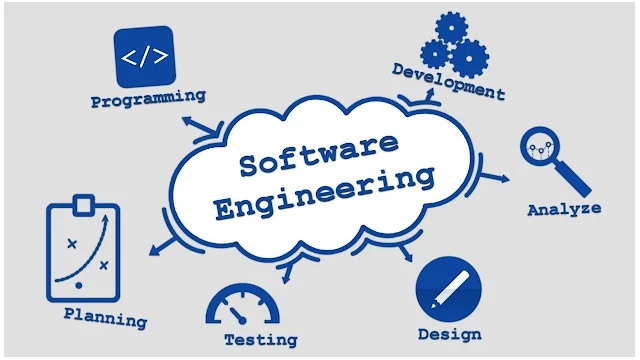Kritikal na Pagbasa, Pagsulat at Pagsasalita
Sumasaklaw ang kurso sa kritikal na pag-aaral sa mga pangunahin at limbag na pananaliksik sa disiplinang Filipino na nagbibigay daan sa higit na malaking espasyo ng Filipino bilang isang disiplina. Saklaw din ng kurso ang pagsulat na kritikal, at mapanaliksik na pag-aaral na ambag sa produksyon at korpus ng karunungan sa disiplinang Filipno at gayundin, sa kursong ito ay sasaklawin ang paglinang sa pagsasalitang pagpapahayag ng mga mag-aaral ukol sa mga napapanahong isyu.









